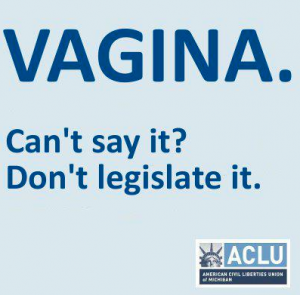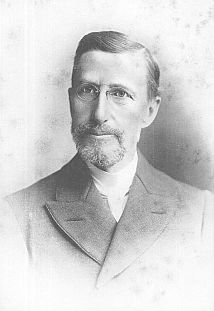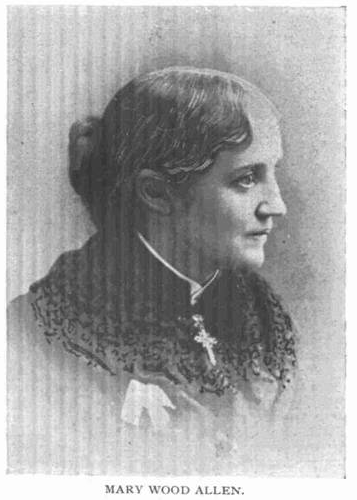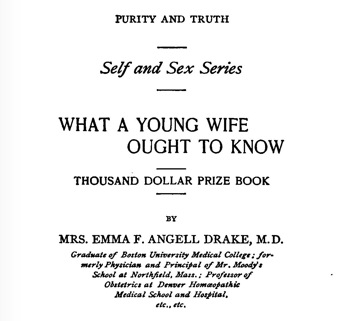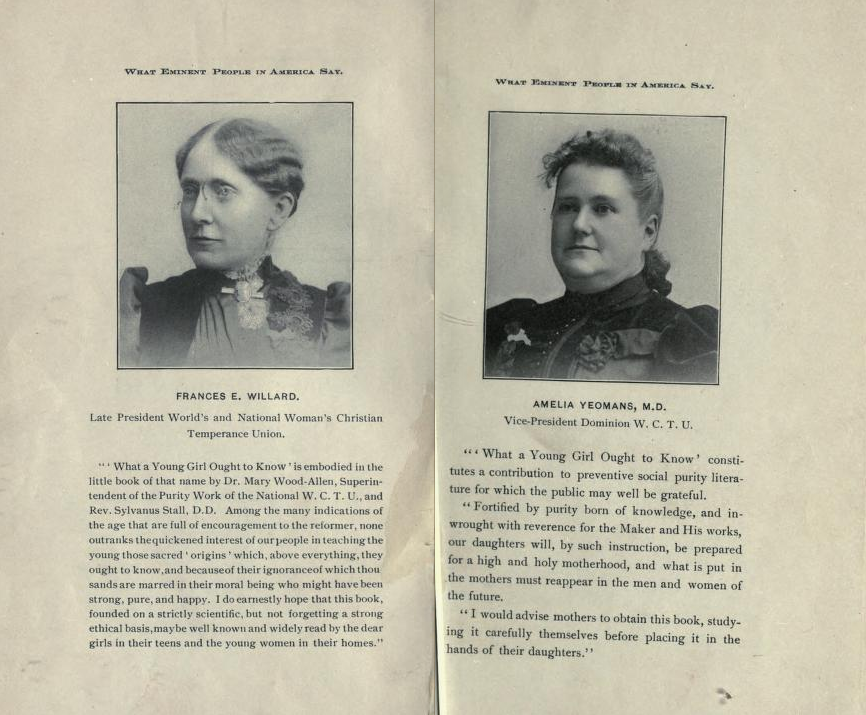National Discourse of Identity
Round Rose is Iva Toguri, an American citizen that was made into a scapegoat for the Tokyo Rose announcer on Radio Tokyo- a Japanese propaganda broadcast. Tokyo Rose does not exist- fictional name given by Allied troops to numerous female broadcasters. Iva called herself, for example, Ann after Announcer, and then Orphan Ann- orphan alluding to how Allied soldiers in the Pacific front could be referred to as orphans. Clements’ fictional representation of Iva Toguri is Round Rose-mentioned to be bitter and waiting for an apology.
Rose is Metis (May-tee) and a dreamer.
The national discourse on the identity of a citizen is very interesting in these two lives because it becomes problematic: both realize that their ethnicity and gender do not given them a fair playing field in terms of equal and fair opportunities. This is made tougher by the historical time period of the 1950s as well-Iva went to university, and Rose can lift sacks of bread heavy as ore while wearing a dress but assumptions about race and sex still matter, and even matter more than the fact that they are citizens. Round Rose and Rose realize the reality of what it means to be a citizen that is recognized by the state.
Round Rose and Rose want to live a different life narrative, one of their own choosing, but they fail in doing so because it is not one that is being accepted or considered. Their race and gender overwhelm and dominate their identities-Round Rose cannot just be a UCLA student that knows about as much Japanese and about handling chopsticks as the next average Californian in the 1950s; and Rose cannot do anything with her dreams, whatever they are, because she skirts defined boundaries by being mixed. Clements questions the reality behind being a citizen-the power structure behind a national discourse of identity.
Are you blond enough for someone to love you? Is your skin light enough for someone to save you? 41
Round Rose is bitter because she sees that Caucasian people are more likely to be given a second chance when they screw up than when it is someone else of colour.
Lindsay Lohan – given so many chances. Does she deserve them? Does she deserve to have so many comebacks?
Everybody’s sorry they got caught sticking it someone else…they could give a rat’s ass about you, or me, or the people they are saying sorry to. be sorry before you have to say you are sorry. Be sorry for even thinking about, bring about something-sorry-filled 101
Round Rose is misanthropic-pessimistic seeing people as only being sorry for being caught in the act of doing something horrible or wrong to another person not doing the horrible thing itself. Which is interesting considering she is waiting for an apology-she is slamming apologies here. How it’s all just words-discourse that do not mean anything.
~
I am not Japanese. I am American 52
I look just like you like me 50
Round Rose emphatically states how American she is, and it echoes the upbringing Iva had-Americanized lifestyle- she only was in Japan to look after an ailing relative, bringing suitcases of western food with her to tide her over-wrote about handling chopsticks- wrote about getting used to eating rice three times a day- when she was broadcasting as Orphan Ann, Major Cousens picked her because her “masculine style, deep, aggressive voice would not make GIs homesick” like Japanese army wanted them to.
Being an American citizen however is not ethnicity-it is culture- ideas- living on the land. Yet if she is trying to find her salvation through the discourse of being an American-it does not work. It shows there is no escape through discourse-Round Rose believed she was a loyal American but she was not the final voice on that. Her stand with America failed her-America was the one to show some true reservations. How she chooses to define and see herself does not rest on herself alone-it lies outside.
Rose
I dream I could be anybody if I was born somewhere else because she realizes that people are not big enough to accept you for what you are- the depth of your dream 91.
Rose Complements Round Rose’s struggle. They both realize they cannot do anything with what they are given, that with all their efforts, this will be the farthest they can get: Round Rose- an apology. Rose – her son.
Conclusion: Hope is a bird
What are we left with?
Round Rose vs. Rose on Hope
Hope is a disappointed white bird (not bitter) 109 VS. hope is inside her: Thorn (product of inter-racial, international union 112
*Yet the beating of Rose’s son’s heart is interspersed with clocks of the radium painter and the Geiger counter of the brothers Labine. Ambiguous ending?
Question:
What do you think of Tokyo Rose’s story? What do you think of Rose’s? Do you see their lives as losses to discourse and power structures or is there improvement-is there hope for real change in how people whose identities straddle boundaries.
It sometimes seems the play offers a simplistic way of approaching race and gender in terms of identity. Sometimes Clements seems to suggest race does not matter, it should not matter, but we can see it does, and can be special-deep. But where is the line in determining the importance of race in our lives? It matters but when should it matter? Can there be a distinction made for when race is important and when race isn’t? Ex. national identity; branding; target audiences. What if you like someone because of their race? Is that just as bad as hating someone because of their race?
